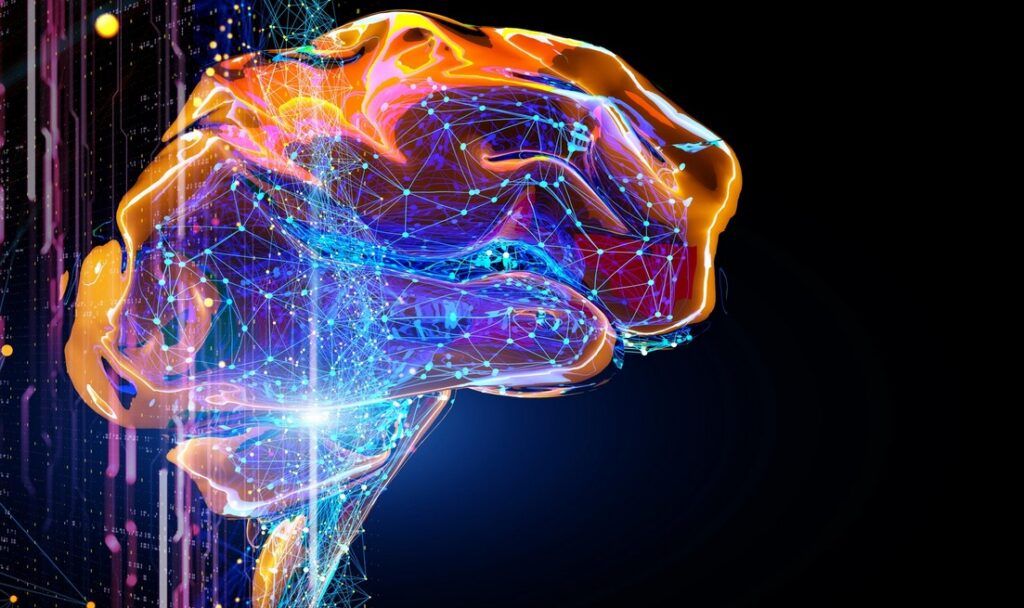Databricks 1b 28Bjohnsonventurebeat

What is Data Science? Data science is the databricks 1b 28bjohnsonventurebeat application of mathematics, statistical analysis, and data mining techniques to solve problems by extracting knowledge from data. In this article, we will explore databricks 1b 28b (formerly known as Apache Spark), a popular tool used for data science. We will also go over some of its key features and how it can be useful in your work.
If you are new to data science, we recommend starting with our beginner’s guide to data science.
What is Apache Spark?
Apache Spark is a open-source software library for data processing. It provides a powerful and general engine for parallel computing, making it well-suited for large-scale data analysis.
One of the key features of Apache Spark is its ability to run on a cluster of machines. This makes it ideal for tasks such as mining big data or performing machine learning algorithms.
How can I use Apache Spark?
There are many ways that you can use Apache Spark. Here are a few examples:
You can use Apache Spark to analyze large datasets.
You can use Apache Spark to build predictive models.
You can use Apache Spark to perform machine learning tasks.
What is new with Databricks 1b?
Databricks 1b is a new release that builds on the success of Databricks 1 while introducing new features and enhancements to make your data analytics work more efficiently. In this post, we’ll take a look at some of the most notable changes in Databricks 1b.
Enhanced data discovery
One of the key features in Databricks 1b is its enhanced data discovery capabilities. With this enhancement, you can now quickly and easily explore your data using powerful search and filtering capabilities. You can also slice and dice your data to reveal insights that you never would have been able to see before.
Improved performance and scalability
Databricks 1b has been built with performance and scalability in mind. It now offers faster processing speeds, letting you work with larger datasets more effectively. And thanks to its new parallelization capabilities, you can run your analyses on multiple machines simultaneously without any impact on performance.
More intelligent model management
Another key feature in Databricks 1b is its improved model management capabilities. With this enhancement, you can now build and deploy models faster and with greater precision. Additionally, Databricks 1b now offers support for predictive modeling, making it easier than ever to generate insights from your data.
Improved Performance: We’ve improved performance by up to 80% on common execution scenarios, making data analytics faster and easier.
Data Transformation for Analytics: You can now rapidly transform your data into insights using our powerful data conversion capabilities.
Enhanced visualization: We’ve added a number of new and enhanced visualizations to make your data analysis even more insightful.
Better integration with other tools: Databricks 1b now integrates more seamlessly with popular data analysis tools, letting you work with your data in the most efficient way possible.
New Data Exploration Tools: We’ve built new tools to help you quickly find patterns and insights in your data.
What are the benefits of using Databricks?
Databricks is a big data platform that databricks 1b 28bjohnsonventurebeat offers many benefits for data scientists and business users. Here are some of the key benefits:
-Databricks is easy to use and has a wide range of features for data analysis.
-It has a broad range of data storage options, including cloud, on-premises, and hybrid deployments.
-Databricks provides an interactive environment for data analysis and exploration.
-It offers powerful tools for data management and collaboration.
1. Databricks has a wide variety of tools and features to help you analyze your data. You can use a variety of techniques, including SQL, Spark, Java, Python, and R.
2. Databricks makes it easy to share your data with other people in your organization or across the world. You can share files and datasets with collaborators through the Databricks cloud, or you can use the Databricks Data Exchange feature to export your data into formats that other software can use.
3. Databricks provides deep insights into your data so you can make better decisions. It helps you identify patterns and trends in your data, and it can give you information about how different parts of your organization are using your data.
4. Databooks are a great way to store and manage your data in an organized way. They make it easy to find what you need when you need it, and they provide an overview of all the work that’s been done with the data over time.
How to get started with Databricks?
Databricks is a powerful data management platform that databricks 1b 28bjohnsonventurebeat allows users to analyze large data sets quickly and easily. To get started with Databricks, follow these simple steps:
1. Download and install the Databricks software.
2. Connect to your data source.
3. Create a new project or open an existing project.
4. Select the type of data you want to analyze.
5. Start analyzing your data!
Conclusion
If you’re looking for a data-crunching platform that can help you solve complex business problems, then databricks is the answer. With its intuitive interface and powerful tools, it’s easy to get started with databricks and start solving your biggest challenges. Check databricks 1b 28bjohnsonventurebeat out our blog post on databricks 1b 28b johnsonventurebeat to learn more about how this platform can help your business succeed.








